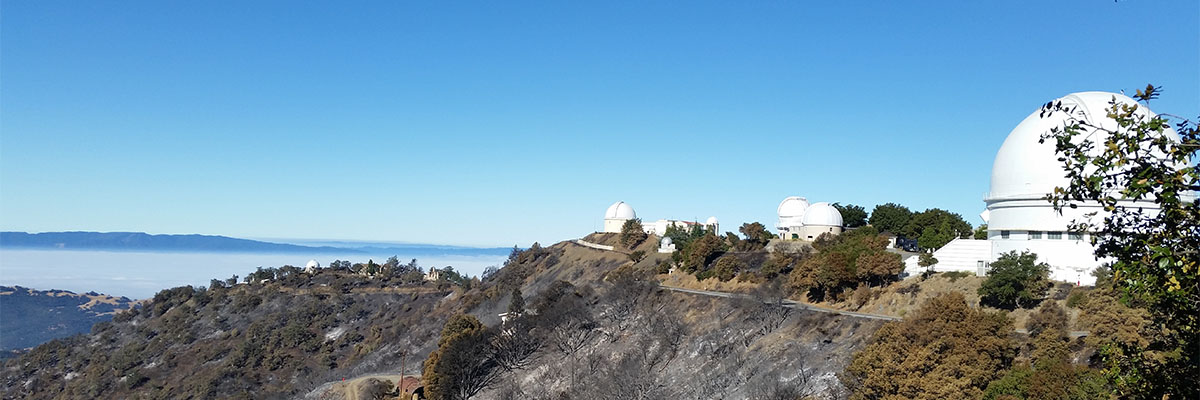The Lick Observatory Loss Avoidance Study

What are Loss Avoidance Studies Used For?
Loss Avoidance studies (LAS) are used to quantify the damages prevented from a hazard event as a result of the implementation of hazard mitigation projects. These studies demonstrate the cost-effectiveness of hazard mitigation investments.
Utilizing the best available data from Cal OES, CAL FIRE, and the University of California Observatories, a loss avoidance study was conducted to determine the efficacy of the Pre-Disaster Mitigation project and the related maintenance during the SCU Lightning Complex fires.
This study used FEMA’s Hazus loss estimation software to calculate an economic evaluation of the Observatory and the impacted structures in two scenarios. The first, with the mitigation project completed. The second, if the mitigation project did not occur. These scenarios were used to determine the losses avoided and the return on investment as a result of the mitigation measures.
LAS Findings Summary
- Observatory Structure and Content Value: $77,152,670
- Observatory Structure and Content Damage: $3,769,707
- CAL FIRE Suppression Costs: $360,000
- Total Losses Avoided: $73,022,963
![]()
Losses Avoided of $73,022,963 was divided by the combined hazard mitigation project and maintenance costs of $864,330, to calculate an overall Return on Investment (ROI) of 8,448%.
The Significance of Taking Mitigation Action
If no mitigation action had been completed prior to the SCU Lightning Complex fires, the Lick Observatory would have been completely lost, including a significant number of historical and scientific artifacts (e.g. instruments, photographs, log books, drawings, and astronomer’s studies) archived at the Observatory.

